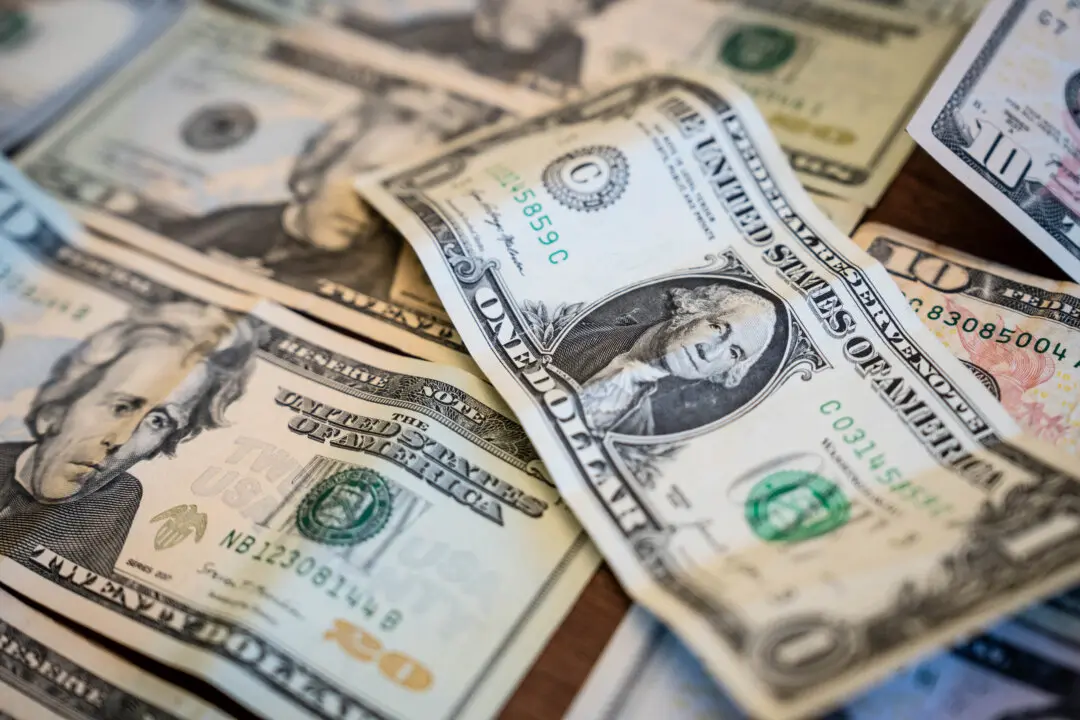The U.S. annual inflation rate eased to 6.4 percent in January, down from 6.5 percent in December 2022, according to the Bureau of Labor Statistics (BLS). This was higher than economists’ expectations of 6.2 percent.
The core inflation rate, which excludes the volatile energy and food sectors, slowed to 5.6 percent year-over-year last month, down from 5.7 percent. This was also higher than the market estimate of 5.5 percent.





